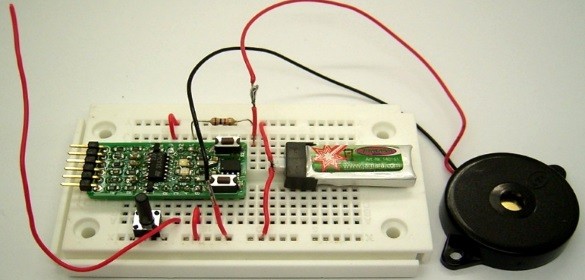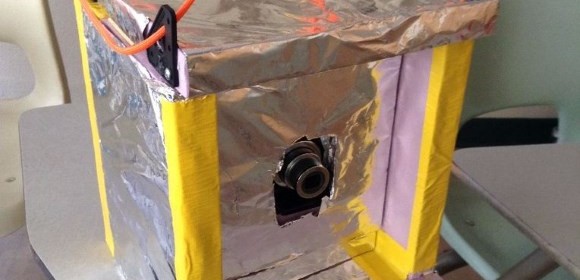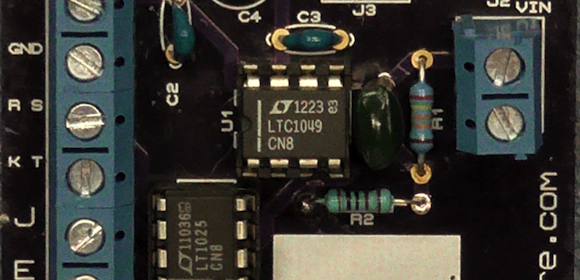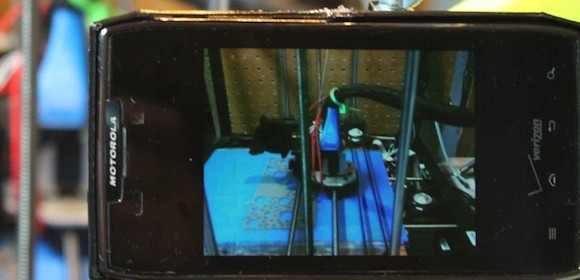RF detection using a common LED

Hardware hacker b.kainka has posted on Hackaday.io a very interesting trick of detecting a RF signal using an everyday LED and ATtiny13 microcontroller (other microcontrollers should work too). I am using the ATtiny13 on the Sparrow board. https://hackaday.io/project/4926-cheepit-sparrow-dev-boards-for-smartphones LED2 is connected to port B.3 which is ADC(3) as well. So why not connect an Antenna here. The LED should work as a detector diode. A bias voltage is needed. So I should switch on the internal pullup. Now it works fine! Don’t believe it? Watch the video. To get it sensitive enough I had to use one more trick. I switch on
Read more


